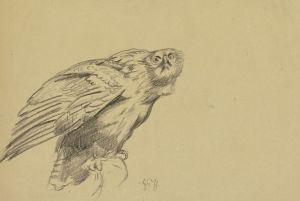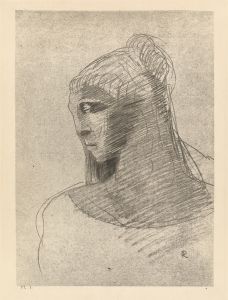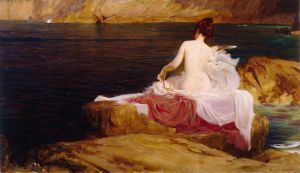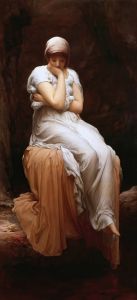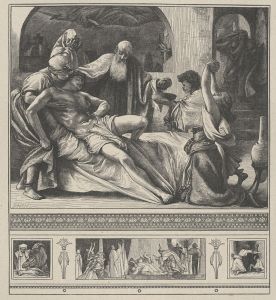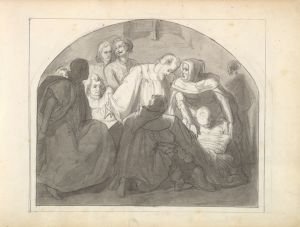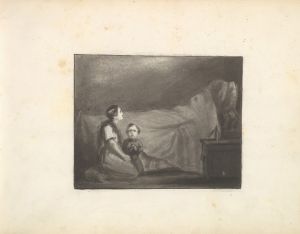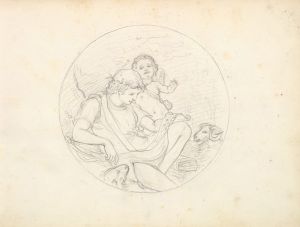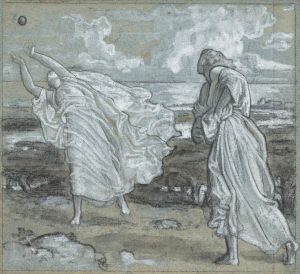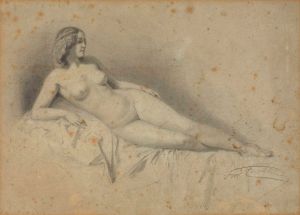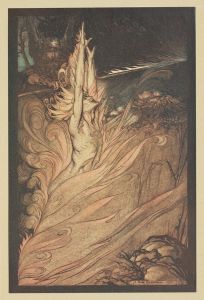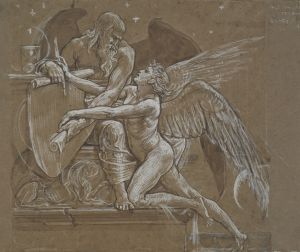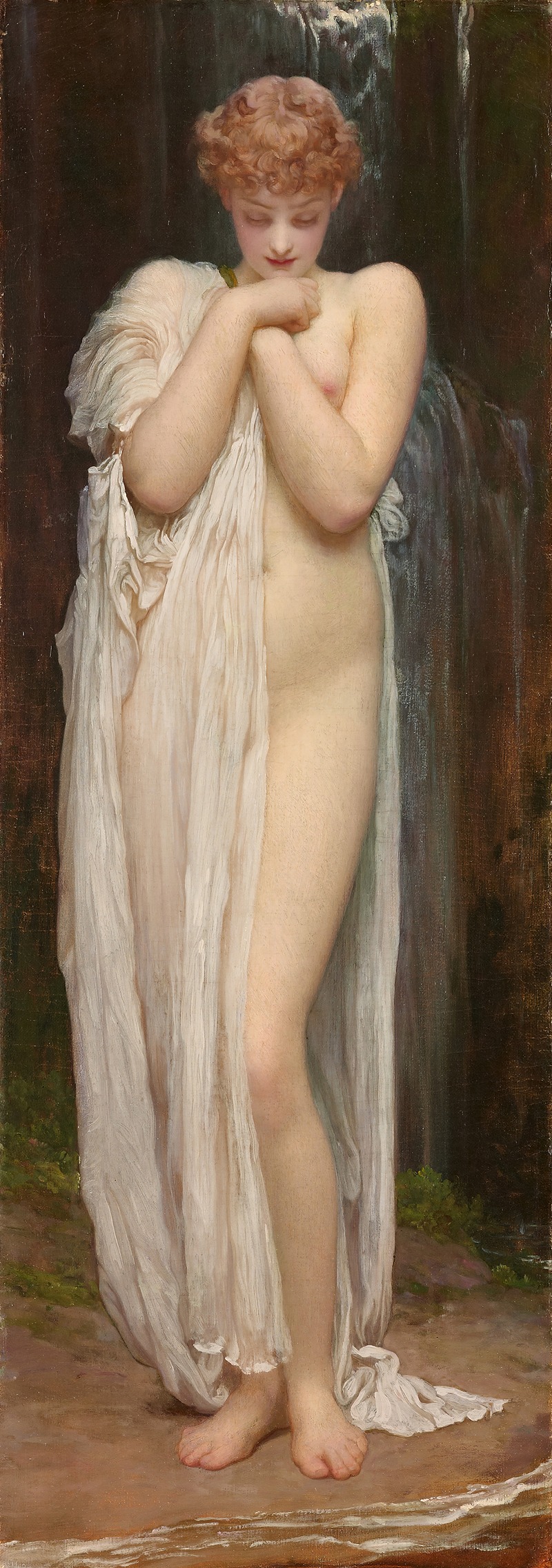
Crenaia, The Nymph Of The Dargle
A hand-painted replica of Frederic Leighton’s masterpiece Crenaia, The Nymph Of The Dargle, meticulously crafted by professional artists to capture the true essence of the original. Each piece is created with museum-quality canvas and rare mineral pigments, carefully painted by experienced artists with delicate brushstrokes and rich, layered colors to perfectly recreate the texture of the original artwork. Unlike machine-printed reproductions, this hand-painted version brings the painting to life, infused with the artist’s emotions and skill in every stroke. Whether for personal collection or home decoration, it instantly elevates the artistic atmosphere of any space.
"Crenaia, The Nymph Of The Dargle" is a painting by the renowned British artist Frederic Leighton, completed in 1880. Leighton, who was a leading figure in the Victorian art world, is known for his classical subject matter and meticulous technique. This particular work exemplifies his interest in mythological themes and his skill in depicting the human form with grace and precision.
The painting portrays a nymph, a minor female deity from Greek mythology, associated with the natural world. In this case, the nymph is linked to the River Dargle, a river in County Wicklow, Ireland. The title "Crenaia" refers to a specific type of nymph associated with fountains and flowing water, suggesting a connection between the figure and the river's natural beauty.
Leighton's depiction of the nymph is both idealized and serene. The figure is shown reclining gracefully, embodying the tranquility and allure often associated with mythological subjects. The artist's use of soft, flowing lines and a harmonious color palette enhances the ethereal quality of the scene. The nymph's pose and expression convey a sense of calm introspection, inviting the viewer to contemplate the serene beauty of nature.
The background of the painting features lush, verdant foliage, which serves to frame the figure and emphasize her connection to the natural environment. Leighton's attention to detail is evident in the careful rendering of the landscape, which complements the nymph's delicate features and flowing drapery. The interplay of light and shadow adds depth to the composition, creating a sense of three-dimensionality that draws the viewer into the scene.
"Crenaia, The Nymph Of The Dargle" reflects Leighton's broader artistic interests and influences. As a member of the Royal Academy and a prominent figure in the Aesthetic Movement, Leighton was deeply engaged with the idea of "art for art's sake," focusing on beauty and form rather than narrative content. This painting exemplifies his commitment to these principles, offering a visual experience that prioritizes aesthetic pleasure and emotional resonance.
The work also demonstrates Leighton's mastery of the human form, a skill honed through years of study and practice. His ability to capture the subtleties of anatomy and movement is evident in the nymph's graceful pose and the naturalistic rendering of her features. This attention to detail and commitment to classical ideals earned Leighton widespread acclaim during his lifetime and continues to be celebrated by art historians and enthusiasts today.
"Crenaia, The Nymph Of The Dargle" is housed in the collection of the National Gallery of Victoria in Melbourne, Australia. It remains a testament to Leighton's artistic vision and his ability to blend mythological themes with a refined aesthetic sensibility. Through this work, Leighton invites viewers to engage with the timeless beauty of nature and the enduring allure of classical mythology.





